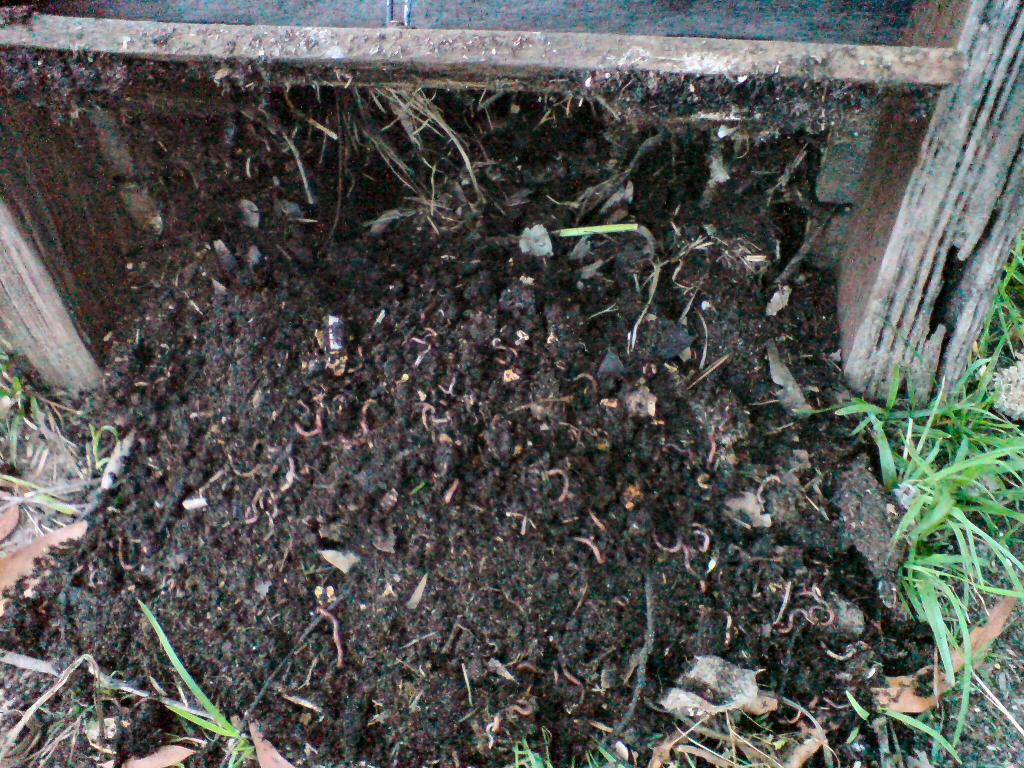Controlling soil-borne diseases with compost
Organic gardeners have long observed that the use of compost makes for healthy plants. A substantial body of scientific evidence is now emerging to support the intuitive feelings of the devotees of compost. There are several reasons why compost works so well, such as the nutrients it releases and the improvement made to the soil’s ability to store both nutrients and water. The most recently documented reason, however, is the ability of well-made composts to suppress and therefore control damaging plant pathogens such as those that cause root rot (for example Rhizoctonia solani and Pythium ultimum). It is important to stress while looking at the positives that compost is a highly variable material that can differ greatly from batch to batch, and as we will see later in this article, the level of disease suppression is related to how well made the compost is.
It is not surprising that scientists have found that compost is a rich source of beneficial microorganisms that, when added to the soil, are able to compete successfully with the “nasty” organisms. Studies by Australian compost specialists Dr Peter Fahey, Dr Sonya Richard of the Organic Waste Recycling Unit of NSW Agriculture and an American colleague Professor Harold Hoitink of Ohio State University provide fascinating insight into answering why compost suppresses the various soil-borne fungal diseases.
Fahy and Richard have identified three mechanisms of control:
• Specific suppression – this results when specific microbes in the compost produce antibiotics that kill the “nasty” disease-causing microbes. A striking example is that compost often contains the Penicillium group of beneficial fungi. This group of fungi has been providing the human race with the antibiotic penicillin for many decades.
• General suppression – this results from competition between particular pathogens and the huge range of beneficial microbes in the compost.
• Systemic resistance induced in plants – just as animals have an immune system, plants also have their own natural defence mechanisms, albeit much simpler, that are stimulated through interaction with the beneficial microbes in compost.
An extensive range of beneficial microbes has been identified that are responsible for the above effects. Various genera of bacteria such as Bacillus, Enterobacter, Flavobacterium and fungi such as Trichoderma, Gliocladium as well as Penicillium. Indeed, there are now commercially available isolates of Trchoderma that are being used by farmers as a biological control for fungal root diseases. It is a comforting thought for organic gardeners that their own homemade composts are likely to contain such beneficial organisms.
Another fascinating aspect of Trichoderma is that it has also been found to enhance the growth and development of mycorrhizal fungi. These are beneficial fungi that colonise the roots of various plant species and significantly improve the uptake of nutrients. They are prevalent in plants from all over the world but particularly with Australian native plants that grow on very infertile soils.
A trial conducted by NSW Agriculture in 1998 compared the use of a compost treatment to various commercial treatments such as fungicides and soil fumigants against the soil-borne fungus Plasmodiophora brassicae that causes clubroot of cauliflowers. When a 2 or 4 cm layer of composted green waste was ploughed into the soil prior to planting there was a noticeable reduction in clubroot infection and damage. In fact the compost treatments gave better results than 10 of the 12 commercial treatments used. For the home gardener a complete control of the disease is often not as necessary as it is for the commercial grower and the level of control achieved would be more than acceptable especially if it means eliminating the need for chemical controls. This specific example of disease control using compost simply provides more weight for the use of compost as an alternative to treatment with fungicides and other chemicals such as fumigants.
A key finding of the researchers was that the degree of disease suppression was linked to the maturity of the compost. The basic message for home gardeners is that compost heaps should be left for several weeks after they have heated up during the decomposition process. It is during this cooling down phase that the populations of most of the beneficial organisms rapidly increase. There is a clear message to gardeners – be patient with your precious compost heap – it is worth its own weight in beneficial effects for your soil.

